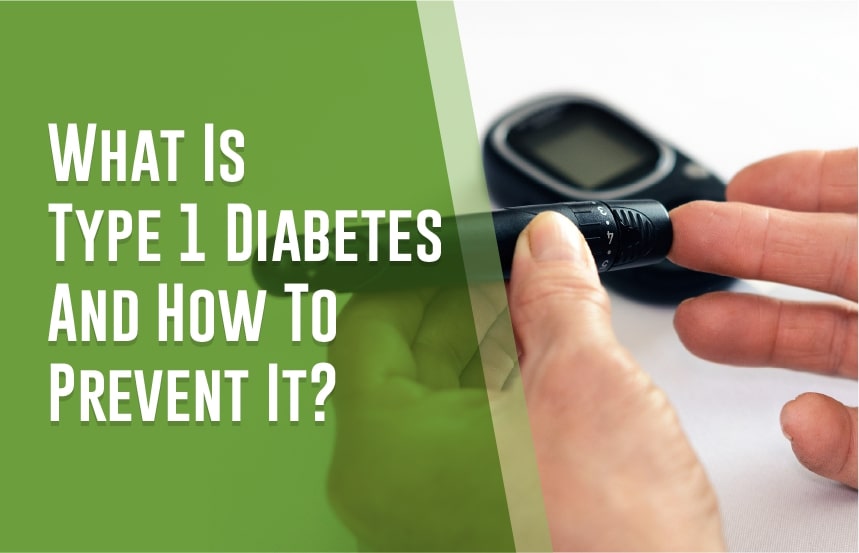
What Is Type 1 Diabetes?
Type 1 diabetes is an autoimmune disorder in which the body’s immune system attacks and destroys the cells in the pancreas. Causing it to produce little or no insulin. Insulin is a hormone that helps glucose move from the bloodstream into the body’s cells. Our body uses it as a source of energy. Without sufficient insulin, glucose builds up in the bloodstream and can cause significant health problems. It is an irreversible condition that can affect both children and adults.
They sometimes refer to type 1 diabetes as juvenile diabetes. Because it is usually discovered during childhood. In this chronic disease, the body’s immune system mistakenly attacks and destroys the beta cells of the pancreas that produce insulin. Insulin is a hormone that regulates blood sugar levels. Without enough insulin, glucose builds up in the bloodstream instead of entering cells, resulting in high blood sugar levels. Over time, elevated blood sugar levels can cause serious health problems. Such as heart disease, kidney failure, nerve damage, blindness, and stroke.
Common Symptoms Of Type 1 Diabetes
- Excessive Thirst And Urination
- Extreme Hunger
- Sudden Weight Loss
- Fatigue
- Blurred Vision
- Tingling Sensations In Hands And Feet.
Despite advancements in medical treatments for type 1 diabetes, including improved technology for administering insulin doses, dietary management remains an important part of preventive management.
Therefore, individuals should pay attention to counting carbohydrates accurately when planning meals and monitoring their glucose regularly throughout the day to maintain good glycemic control.
There is no proven method to prevent type 1 diabetes at now. However, there are a few things people can do to lower their risk of developing type 1 diabetes.
Here Are Some Tips On How To Lower The Risk Of Developing Type 1 Diabetes
First, people should maintain a healthy weight by eating a balanced diet rich in fruits, vegetables, minerals, and fiber and engaging in regular physical activity that builds more muscle and less body fat. A diet with high fiber and low-fat content reduces this type of diabetes risk.
Additionally, breastfeeding infants for at least four months and avoiding exposure to cow’s milk during this period has been associated with a lower diabetes risk later in life.
Second, regular testing for autoantibodies with individuals if they have family members with this autoimmune disorder. Early detection of these will increase the chances of delaying or preventing the onset of this disease.
People should also make sure to get regular checkups with their doctors as well as monitor their blood sugar levels regularly. It is a must if they are at higher risk of developing this condition due to genetics or environmental exposures.
Exposures such as living with someone with type 2 diabetes—detecting and treating any signs or symptoms early on before more serious problems develop.
Finally, research continues on potential vaccines that could help prevent this chronic disease. Experts recommend caution when considering alternatives such as unproven treatments. People usually sell these online or through other sources without government approval; these have yet to be proven effective and may even be dangerous. By following these guidelines, people can help protect themselves against type 1 diabetes and its potentially devastating consequences.


